The Pantheon of Arestar
Nothing in all of the human condition inspires greater passion or leads to greater conflict than religion. The practices of faith are particularly important when the gods play active roles in not just the grandest world-changing events but also the simplest day-to-day tasks of living. Those who dedicate their lives to serving the gods are the most obvious manifestations of divine power, but the power of the deities touches the lives of everyone living on Arestar.
So it was the time before time, the Dawnflower met the Rough Beast in a battle that shook all existence. In the great monster's roars was the essence of nightmare, half-formed blasphemies that tore at flesh and soul, blacker than the space between stars. Yet the Dawnflower had seen those same stars formed, had herself shaped the light that held night and chaos to its time and place. She drew her burning blade, and with the ulutation of the righteous, drove the Beast ever back, down below the foundations of the earth. And there she caged him...
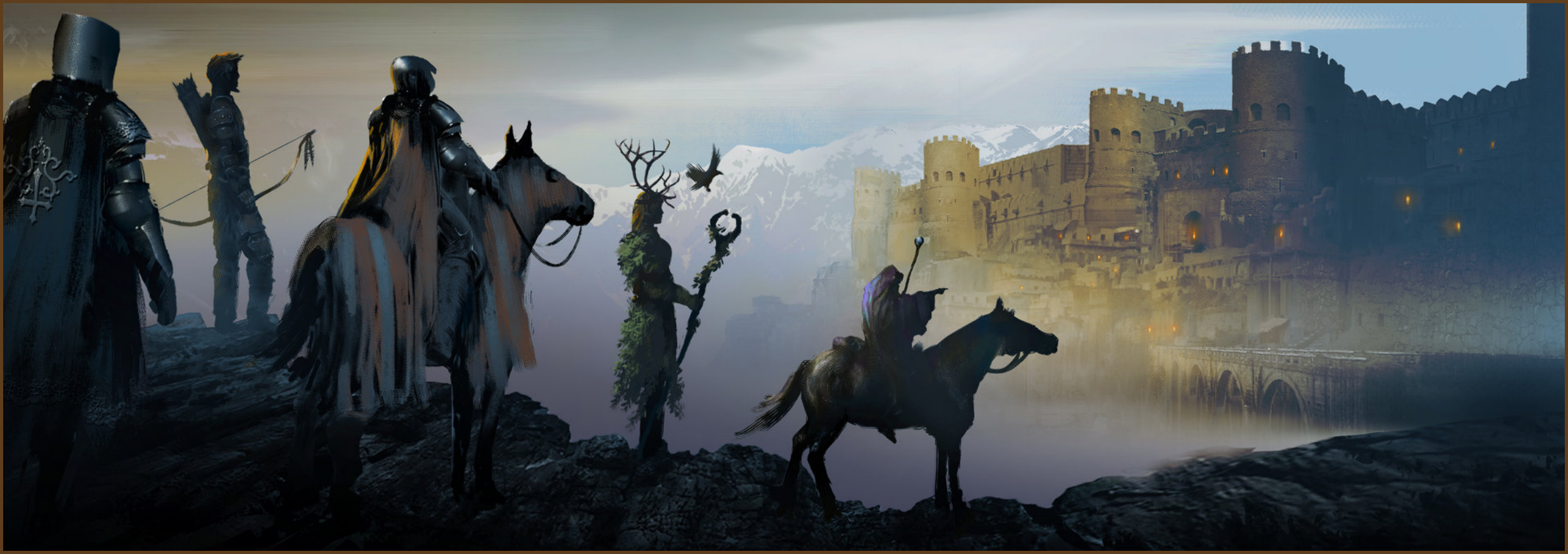
Arestar's prehistoric eras are the subject of myth and legend - no written documents exist from such ancient times. Some scholar-priests and past-scrying mages have managed to piece together some bits of information, but these visions and glimpses of the past tend to raise far more questions than they answer. And so one must turn to parable and the myths of the faithful to piece together what happened so long ago. Yet by cross-referencing these various legends with those divinatory glimpses of the past and strange whispers of ancient races, something of a clear picture can be constructed for the modern mind to grasp.
The History and Creation of the Gods
The Age of Creation
Thus, divine hands formed the First Children, the elves, created with physical grace reflecting the gods' own divinity, to walk the verdant lands and know the music of the blue skies. A second creation was wrought - the dwarves, a hearty people intent on taming the land, filled with the craft and invention of the divinity beyond the ashen void. A third people were given life: the humans, endowed with hearts of passion that burned as brightly as their spans of life were short, filled with the celebration and laughter of the hands creating them.
Other creations followed as the many races of Arestar were given form from the boundless inspiration the protean gods expressed. These Children of Creation walked the land, and as their knowledge grow they attempted to build. But the land was fierce and treacherous, and the children were largely dashed and consumed by the elements. Sorrow filled the hearts of the gods while these first races continued to struggle against a land that did not want them. The Children look to their creators for guidance and protection. The gods gave to them gifts, lending their own power to their children to create and shape the world around them; these were the first divine magics.
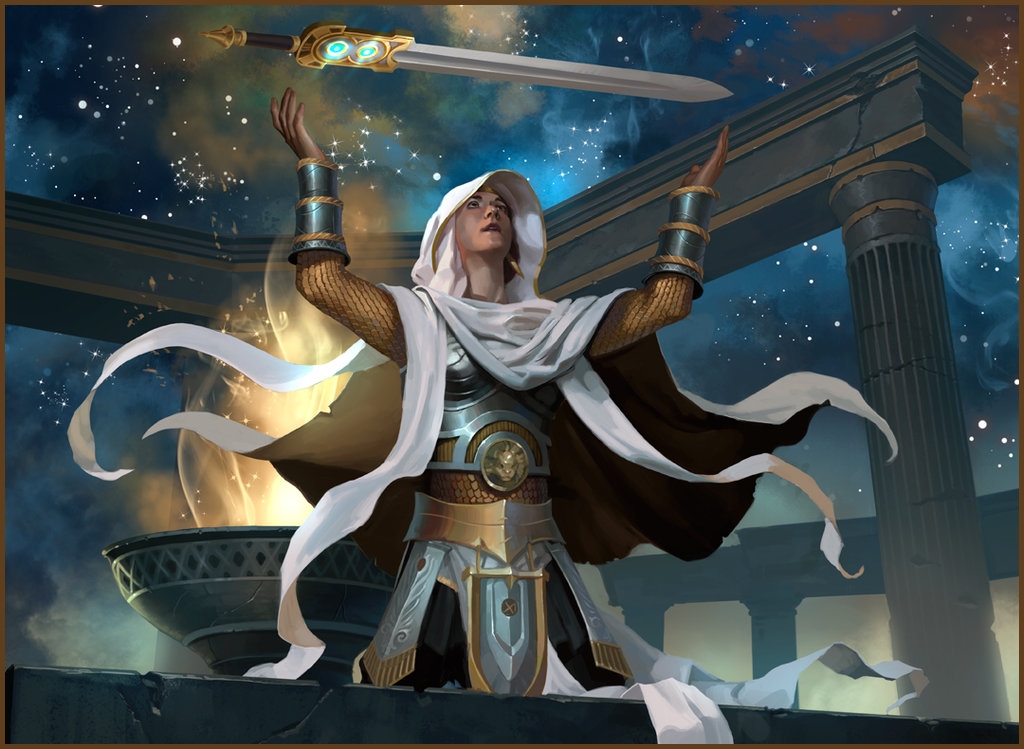
Thus, the various peoples began to learn how to bend the angry earth to their will: to temper the fires that burst through, to tame the floods that threatened their abundance, and to foster seedling into fruit and beast into meal. Language became commonplace, culture was born, and governance replaced anarchy. The Protean Creators, the divinity beyond the ashen skies, saw progress and saw that it was good, yet fragile and in need of guardians.
So were born the First Protectors: The Dragons Metallic.
These Protectors watched over the fairer races. The realm grew quieter, the people expanded, and new races were given form and life. As culture grew, and the people further understood the world around them, they too looked up to their Creators and gave them worship, gave them form, gave them title, and purpose.
But this realm did not wish to be tamed. Quaking cliffs roared in defiance. Seas swelled and swallowed. Flames erupted from underneath the lands. Beneath the elements, unknown to the Creators beyond the ashen skies, lived ancient beings who already taken this world aas their home: The Primordials. These great Elemental Titans that once dwelt deep within the land now rose from their unseen domain to sunder the land once more. The gods watched as thier children - their joy - were largely dashed against the broken rock or fed to formless terrors unleashed in the wake of the destruction. Demonic entities spilled from the umbra of the Abyss to feast on the carnage, called forth by the violence and released to pick the carrion clean.
Some gods were so full of grief and anger they wished to abandon this world for another, trying to convince their divine kindred to join the Primordials in reclaiming the realm for chaos so they could start anew, as this was their original home, and the gods placed their creation upon it in an act of invasion.
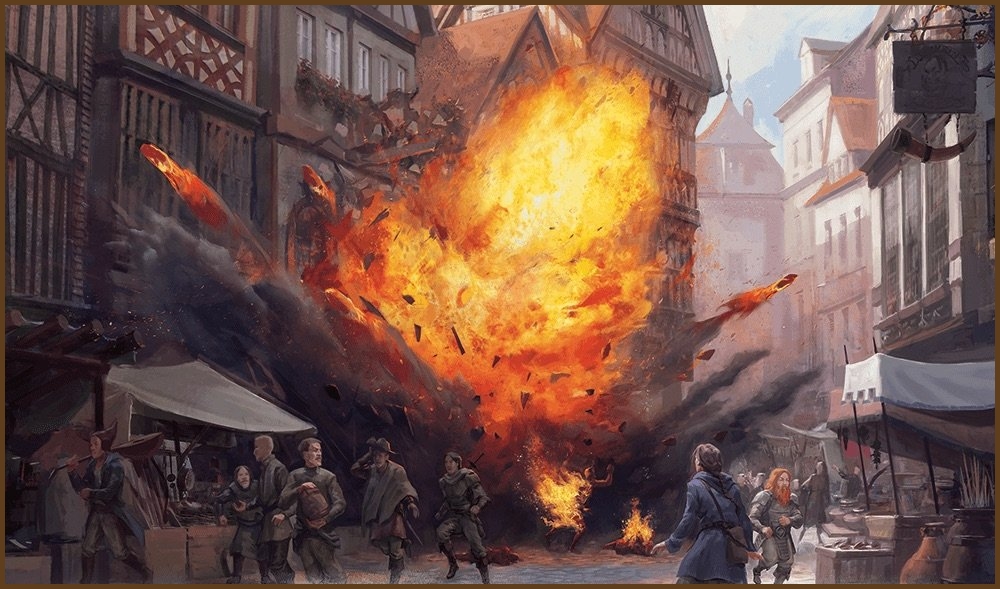
Others of the Creators wished to remain and cast out the native Primordials into their own prison planes for the sake of their creation and joy. This caused a divide among the gods.
Some left the family of the Creators to give into madness, joining their song and sword to that of chaos and destruction, taking and twisting their children in the image of their intent. Celestial sentinels locked into war with the chaotic forces of the Abyss fell to hate and tyranny, forging the Hells under a fallen angel now claiming lordship.
The remaining Creators, wishing to salvage their home, their creations, and their realised selves, were forced to take up arms and learn new methods of protection to defend the faithful among their creations. These gods are referred to as the Prime Deities. They organised their followers and taught them how to draw from the very powers of creation: to build, to change, and to destroy, all for themselves and without the aid of divine power. Creation learned to defend itself through practices such as
This gift was the knowledge of the first arcane magics. With these newly granted capabilities, the good children drove away their traitorous kin, retreating the Betrayer Gods back to the Great Beyond, and ultimately destroyed the Primordials while scattering the chaotic elements to their own planes of existence just outside of this one. Peace finally blanketed the world for the first time since creation, and the first real civilization took root and grew into a grand city called Morrimyr. The Cradle of Creation. The Dawn City.
The Age of Woe
Over time, some of the peoples grew arrogant. Seeing their arcane gifts as proof the gods held no sway over their fate, some began to believe that, with enough understanding, they could become as powerful as the gods themselves. As such, many began to shun faith for their own pursuits. Though this hurt and surprised the Prime Deities, they understood the willfulness of their creation and endured out of love and hope for redemption.
Great kingdoms sprang up. Castles were built in a day, accelerated by the arcanists' newfound power. Even though magic could be used to complete the most difficult taks with hitherto unknown speed, magic-users strove always to innovate. As mages practiced and perfected their powers of creation, they soon unlocked the secrets of life itself, giving birth to wondrous, dangerous new forms of life and power.
The advent of arcane speed seemed to be the key to bountiful age of plenty, but also proved to threaten it, as prosperity soon gave way to greed. Petty squabbles erupted over resources and wealth among the elite, while the rumour of immortality through perfected arcanum began to drive the greatest mages wild with a lust for power unending. Though soon, all of their worries are to be doused by the shadow of a greater threat that Arestar has yet to see.
Expirementation, exploration, or creation with the arcane unknown gained the attention of a figure far greater, and far beyond the gods. A husk of hunger who wished to feast upon the magics, faith, and the very existence of creation upon the world of Arestar. This figment of hunger became known as Rovagug, the Rough Beast. The World Eater.

It was clear, that even before the dawn of mortal life, the Rough Beast Rovagug was already ancient - a force of entropy and destruction responsible for the ruin and wrack of countless worlds. Already he started to feast, and thusly destory aspects of Arestar, the people, the creations of the gods cried for help in their last breath. The Prime Deities started to oppose Rovagug - but found few of the Betrayer gods siding with the Rough Beast as a final act of deservance for the Prime Deities' destruction within this world, to allow them to finally see what chaos they were responsible for. The warring deities locked into a battle of unknown destruction.
The cities crafted were dashed swiftly by the strikes of the god weilded blades, mountains carved anew or subject to obliteration. Entire colonies of humans, elves and dwarves destroyed before they even had a chance to defend themselves. In an attempt to weaken Rovagug, the Prime Deities, Torag, Sarenrae, and Iomedae sought out some opposing Betrayer Gods who were assisting The Rough Beast's rampant destruction. Notably, one of the Gods who's name is lost in time was locked beyond the Plane of the Abyss which was shut by an arcanist Nethys, with the assistance of a half-orc footsoldier, Gorum, pushing the dazed god into the Abyss Gates alongside warring angelic sentinels who were tasked with killing the now entrapped deity - an act which caused both Nethys and Gorum to ascend into godhood.
When Rovagug was finally defeated, Sarenrae chose Arestar as his tomb. She cut open the world and cast the defeated but not dead god into a prison realm hidden inside or behind the Material Plane that would come to be known as the Dead Vault, but had to rely upon her greatest enemy, Asmodeus, one of the Betrayer Gods, to seal the planar oubliette otherwise fear all being consumed by the downed beast. The other deities played a role in the Rough Beast's defeat as well, although their contributions are well less known.
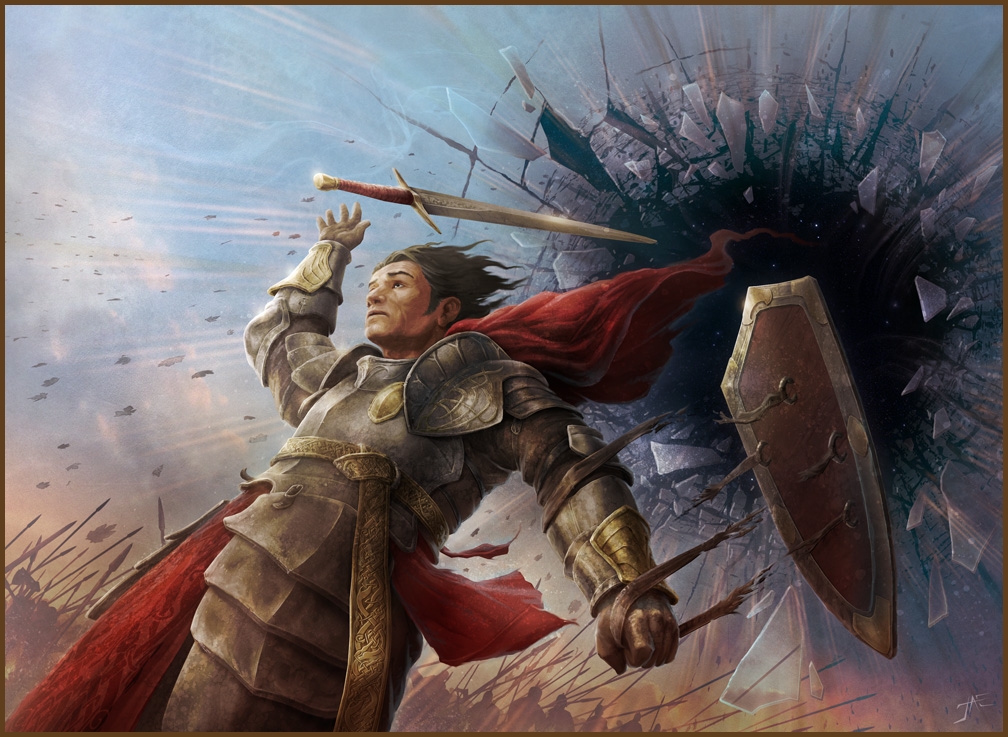
Once the Rough Beast was imprisoned, the surviving gods nursed their wounds and returned to their homes in the Great Beyond. During this time new gods emerged, such as Sheyln, sister of Dou-Bral. For unknown reasons they quarreled, and Dou-Bral went beyond to the spaces between planes and was transformed by something outside of reality called Zon-Kuthon.
The demonic Lamashtu ascended from the Abyss, once entrapped with one of the original Betrayer Gods during the skirmish against Rovagug - a transformation made possible in part by her murder of this weakened god.
Within this age, upon the distraction of the war against the Rough Beast, the fallen people within the cities caught in the onslaught between the gods realised they were able to escape the sight of the gods and leave manditory prison of an afterlife - breaking from the goddess of Birth, Death, and Prophecy; Pharasma's Boneyard and ultimately become divine themselves, notably Urgathoa who returned without the assistance of divine involvement, and walked upon Arestar as the first undead, the Goddess of disease, gluttony, and undeath.
The Deities
Find below the current day known gods, both Prime and Betrayer and explore their history, domains of focus and present day acts of worship.

The Prime Deities
The Gods which battled and imprisoned the World Eater, or positively perceived Gods


The Betrayer Gods
The Eater of Worlds, those who abandoned the Prime, and negatively percieved gods.


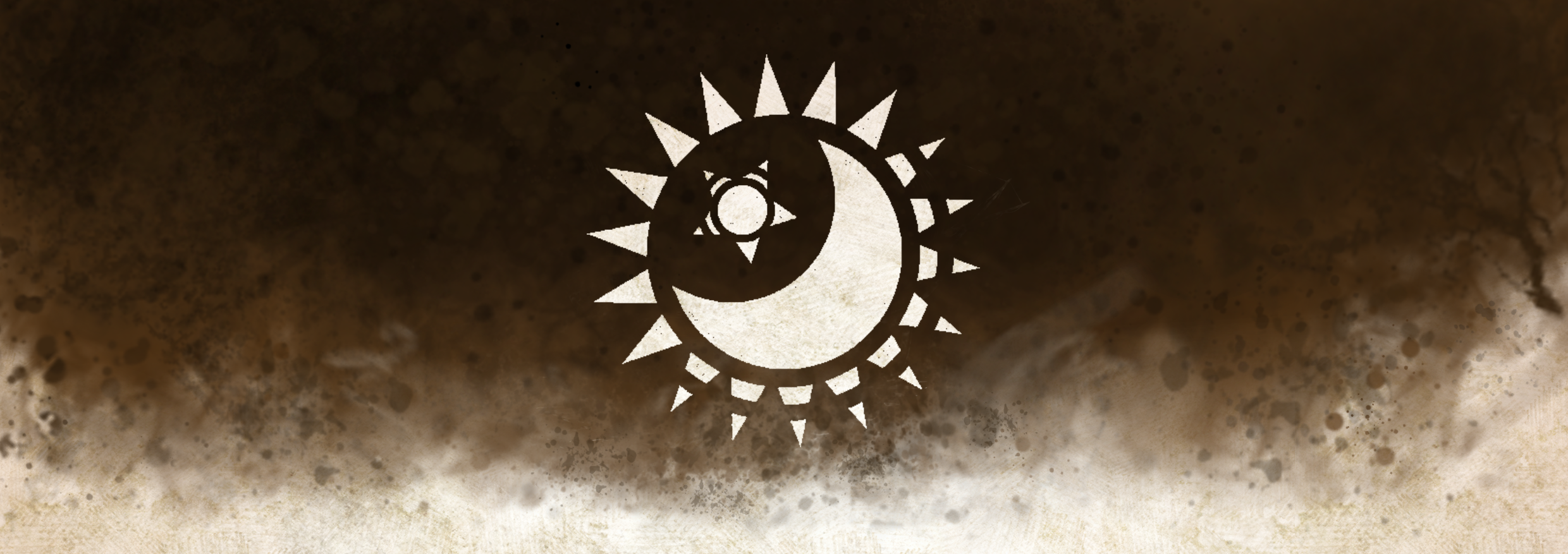

Comments